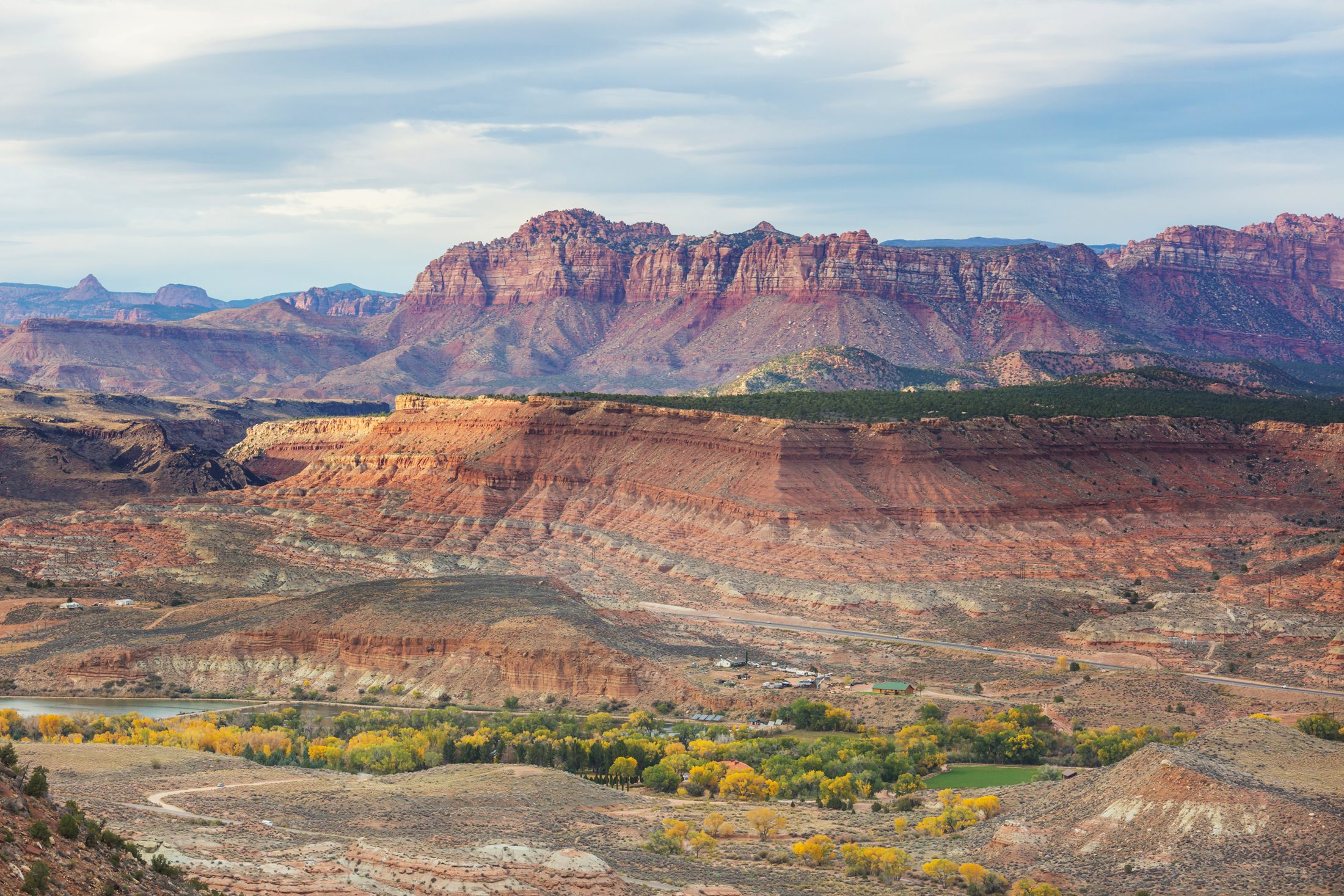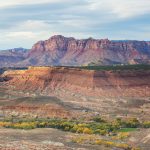- All of Utah remains in moderate to severe drought as of July 22.
- Reservoirs dropped 10% between June and July—five times the usual rate.
- Great Salt Lake rose slightly this spring but is now expected to decline.
- Localized water restrictions depend on community-level supply conditions.
Wednesday, July 23, 2025 — Utah’s water storage levels are dropping at an accelerated rate amid worsening drought conditions, according to a July 22 update from the Utah Division of Water Resources . For the first time this year, 100% of the state is now classified under moderate to severe drought, marking a concerning shift in water availability as the summer progresses.
. For the first time this year, 100% of the state is now classified under moderate to severe drought, marking a concerning shift in water availability as the summer progresses.
Between June 1 and July 1, average reservoir levels across Utah fell approximately 10%. That’s significantly higher than the typical 2% decrease seen during this same period in past years. State officials attribute the decline to heightened summer demand coupled with a less effective spring runoff.
Candice Hasenyager, director of the Division of Water Resources, noted that some cities and counties have started implementing water restrictions. These are decided at the local level, based on the area’s specific supply conditions. Hasenyager encouraged residents to check with their individual water providers for updates on any restrictions.
“Restrictions are very localized,” she said. “We rely on Utahns to be in touch with their water provider for any restrictions that may be in place.”
As of July, statewide reservoir storage stands at 75%. While that is 14% lower than at the same time last year, it remains slightly above the long-term average for this time of year. Hasenyager emphasized that reservoirs serve multiple functions beyond recreation, including drought resilience, flood control, and support for wildlife habitat.
Great Salt Lake Update.
The Great Salt Lake, a key environmental and economic resource, has seen a modest increase of approximately 1.5 feet since its seasonal low last November. The lake reached its peak elevation of 4,193.6 feet in mid-April, according to the United States Geological Survey. However, the lake level is now beginning to recede again and is expected to continue falling until autumn, when irrigation demand typically eases.
Public Safety and Conservation Efforts.
Utah’s Department of Natural Resources continues to promote water conservation programs, such as the Agricultural Water Optimization Program , which assists farmers in implementing efficient irrigation techniques. For residential users, the state’s “Slow the Flow
, which assists farmers in implementing efficient irrigation techniques. For residential users, the state’s “Slow the Flow ” campaign provides practical tips for saving water indoors and outdoors.
” campaign provides practical tips for saving water indoors and outdoors.
Given that 95% of Utah’s water supply comes from snowpack, state officials underscore the importance of reservoir storage during dry months and prolonged drought years.
The Division of Outdoor Recreation and the Department of Environmental Quality have also released updated safety guidelines regarding harmful algal blooms and life jacket use. Officials advise the public to remain cautious when recreating on or near water bodies this summer.
For more information on water safety and conservation, residents are encouraged to visit the following official websites:
-
Life Jacket Safety: https://recreation.utah.gov

-
Harmful Algal Blooms: https://deq.utah.gov

-
Water Conservation Resources: https://slowtheflow.org

-
Utah Division of Water Resources: https://water.utah.gov



